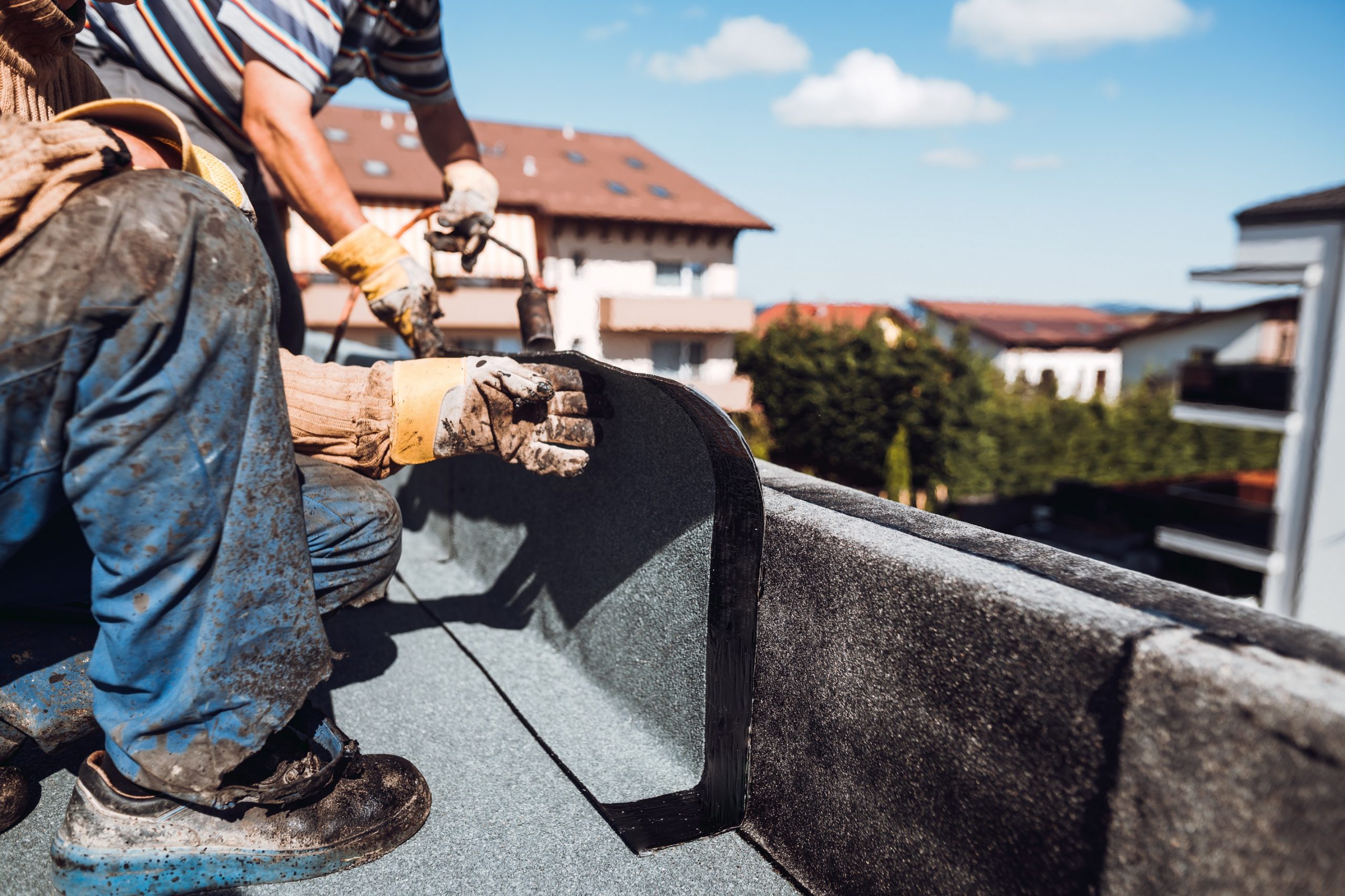Blog
How To Waterproof Your House for Winter

As we approach winter, more rainy days are pending, putting our houses at risk of letting water in. In order to prevent this, we must pay closer attention to our home’s exterior to identify gateways for water which could cause damage to our structure’s integrity.
Now is the time that you will be frantically searching for “house waterproofing near me” to ensure that your home is in good stead for the impending drizzly days. Fortunately, Garratt’s Damp are basement waterproofing specialists, as well as damp specialists, and we offer services across London and the Home Counties. Additionally, we have put together a list of top tips to prepare your home for the upcoming winter months.
Inspect Your Roof
Firstly, you will need to check your roof for any loose or damaged tiles and flashing. Similarly, it is important to look out for moss growth, whilst also ensuring that your chimneys are not damaged with loose masonry or linings. As well as inspecting your chimney for damage, it is important to make certain that it is not blocked by any debris.
When dealing with roofs, it is a good idea to contact a qualified roof inspector, as serious injuries can be incurred if any accidents occur at such a height. If, upon survey, the inspector finds any of the above issues, you will be able to book in with them for any repairs or replacements. As a precautionary step, you may ask them to cap off your chimney to alleviate the pressure of future maintenance.
However, before you get in touch with a professional, you can perform a basic inspection yourself by checking your loft. You should search for any leaks, damp spots, or gaps that you can see daylight. If you identify any of the following, you should then consult a professional to inspect your roof.
Waterproof Your Basement
Basement tanking is the process of waterproofing any structure that is built below ground level. Basement waterproofing systems are split into two categories: Type A Waterproofing (cementitious tanking) and Type C Waterproofing (membrane tanking).
Cementitious tanking is the most common and simplest form of waterproofing, creating a barrier that inhibits groundwater from entering your basement. During this process, our specialist team will strip your walls back to their base material and apply a sand and cement splatter coat before a multi-coat tanking render. The floors also frequently require treatment.
This creates a seal that water will be unable to penetrate and, typically, the wall is finished with skimmed plaster. Despite this, we are also happy to leave it in a raw sponge finished render state if this is your preference.
Cementitious tanking is the chosen form of waterproofing if your walls are not already fragile and unstable nor subject to high external water pressure (hydrostatic pressure). However, if your walls are already suffering or you live in an area where your basement will be exposed to excessive groundwater, membrane tanking is the most suitable solution. This is because it does not have as much of an effect on the building’s structure.
If your basement requires membrane tanking, our expert team will implement a membrane into your walls to trap ingressing water before pumping it away. We will begin by clearing your internal walls of loose material and sealing the necessary piping to the membrane. Channels will then be installed around the walls or floor to carry the water to an external drainage system. Much like cementitious tanking, the walls are usually finished with skimmed plaster.
Determining the waterproofing house cost is difficult as this is dependent on your home’s unique requirements.
Pay Attention to Your Doors and Windows
You should check your doors and windows for water stains, patches of mould, rot, and loose fastenings. If you identify any of these problems, you should invest in new fittings to ensure that your home is able to withstand any adverse weather conditions.
Weatherproof Your Exterior Walls
Similarly, you should inspect your exterior walls for any cracks or decayed pointing, as these are gateways for water to enter your home. If you find that you can remove chunks of cement/mortar with your fingers or scrape it away with a butter knife, you should consider getting your home repointed. Furthermore, any cracks or holes in exterior walls should be filled in as soon as possible.
Maintain Your Drainage and Pipes
It is important to regularly clear your gutters of leaves and debris to maximise their ability to handle water runoff. This also applies to ground drains so that there is a clear passage for rainwater to run into. Additionally, if your gutters are broken or cracked, they should be quickly fixed or replaced as this will hinder your home’s ability to deter water itself.
Speak To Us About Waterproofing Your Home
For any further guidance or information regarding our waterproofing services, please get in touch. A member of our specialist team will be able to assist you and even organise a property survey to diagnose your home’s solution.
Archived Articles
Recent
-
18 Mar 2024
How to Get Rid of Damp in Bedrooms
While it may seem more logical that kitchens and bathrooms are more prone to damp, it may be surprising for…
-
13 Nov 2023
Benefits of Tanking Your Basement
While basements have been a staple of home construction in multiple countries, they are still a relatively new concept in…
-
13 Nov 2023
Taking Action on Fixing Damp
Damp is a widespread problem in properties across the UK; however, this doesn’t stop the fact that it’s a serious…







